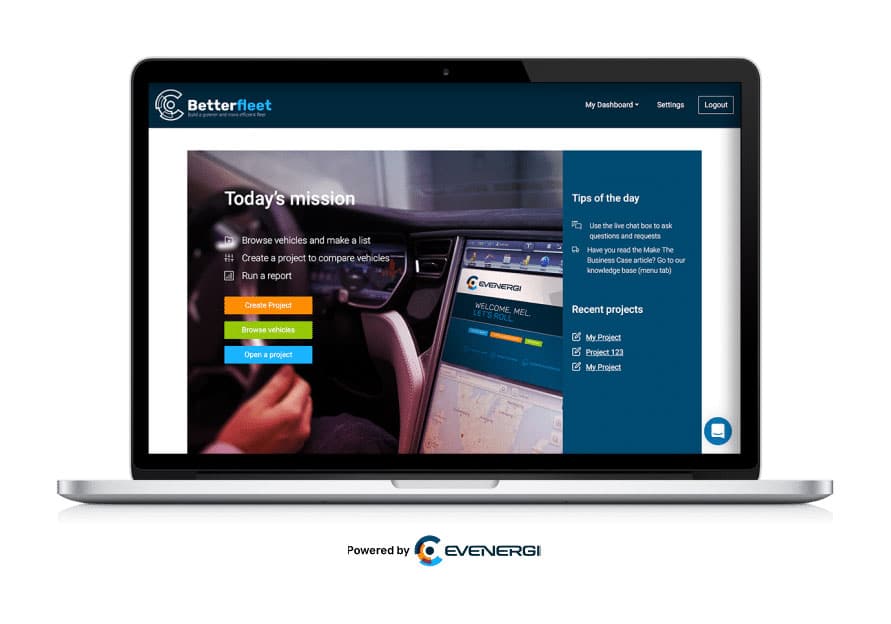fleet management reporting
BetterFleet

Fleet management reporting involves gathering, analyzing, and presenting data related to the management and operation of a fleet of vehicles. This type of reporting provides valuable insights into various aspects of fleet performance, efficiency, maintenance, and costs. Here are some key elements and metrics typically included in fleet management reporting:
Vehicle Utilization: This metric assesses how effectively vehicles are utilized within the fleet. It includes information on mileage, hours of operation, and idle time, allowing fleet managers to identify underutilized or overutilized vehicles.
Fuel Consumption: Tracking fuel consumption is crucial for evaluating the efficiency of vehicles and identifying potential fuel wastage. This metric often includes data on fuel economy, fuel usage per trip, and overall fuel consumption trends.
Maintenance and Repairs: Monitoring maintenance and repair activities helps ensure fleet vehicles remain in optimal condition. Reporting on maintenance includes data on scheduled maintenance, unscheduled repairs, downtime, and associated costs.
Driver Behavior: Driver behavior can significantly impact vehicle performance, fuel efficiency, and safety. Reporting on driver behavior may include metrics such as speeding incidents, harsh braking or acceleration, and adherence to prescribed routes.
Safety and Compliance: Tracking safety-related metrics is essential to ensure compliance with regulations and reduce the risk of accidents. Reporting in this area may include data on accidents, violations, driver training, and safety inspection results.
Cost Analysis: Fleet management reporting involves analyzing various cost factors associated with vehicle operation. This includes expenses such as fuel costs, maintenance and repair costs, insurance, licensing, registration, and depreciation.
Inventory and Asset Tracking: Reporting on inventory and asset management provides insights into the availability, allocation, and utilization of fleet assets such as spare parts, tools, and equipment.
Environmental Impact: Assessing the environmental impact of the fleet is becoming increasingly important. Reporting in this area may include metrics related to carbon emissions, fuel efficiency improvements, and the adoption of eco-friendly practices.
Key Performance Indicators (KPIs): Fleet management reporting often incorporates specific KPIs that align with organizational goals. These could include metrics such as vehicle downtime, on-time deliveries, customer satisfaction, and cost per mile/kilometer.
Trends and Analysis: Fleet management reporting goes beyond providing raw data. It includes analysis, trend identification, and recommendations for optimizing fleet performance, reducing costs, and improving operational efficiency.